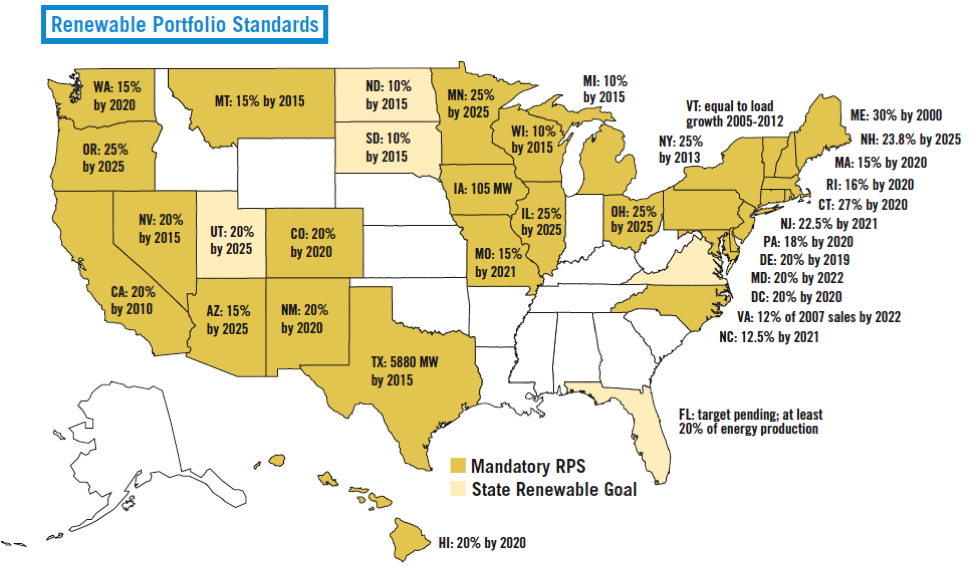Climate Change Greenhouse Gases and Your Portfolio
Post on: 26 Июнь, 2015 No Comment

Recently, KLD, a securities research firm, introduced the Global Climate 100 Index. The index is made up of companies that recognize the importance of minimizing their greenhouse gas emissions now, and creating technologies to replace the use of fossil fuels in the future.
Carbon dioxide makes up the bulk of greenhouse gases. The burning of fossil fuels such as oil and coal are major sources of carbon dioxide. Scientists predict that our average temperature will rise between 2 and 11 degrees over the next 100 years after having risen 1 degree in the past century. This acceleration of climate change correlates to worldwide industrialization, and in particular the use of oil and coal.
Many people ask what’s the big deal? Well, climate change affects more than just temperature. Consider the global insurance industry. In 2004, natural disasters including an array of hurricanes accounted for over $27 billion in losses for insurers, a 100% increase from the year 2000. The issue is serious enough that the world’s second-largest reinsurer is taking action. The company is requiring that its corporate clients develop a strategy to handle their global warming risk or they could lose their liability coverage.
The world’s pension and institutional investment managers are taking notice as well. Many have become actively involved as shareholders, filing resolutions for companies to disclose their climate change risk. In a landmark vote at a major oil company, a resolution asking the company to report on how it is meeting its international obligations under the Kyoto Protocol garnered a 34% approval. This is kind of support is unheard of for third party resolutions.
As William C. Thompson Jr. the comptroller for New York City says, assessing climate change is now an essential aspect of intelligent investing. If you’re not factoring in the effects of climate change into your portfolio, you may be left out in the heat.
It is important to start looking at your portfolio from a climate change perspective: minimizing risks and looking for opportunities. There are obvious physical effects of climate change including droughts, floods, storms and rising sea levels. There is also the effect of a very uncertain regulatory environment.
After the market downturn of 2000 and beyond, many investors have become quite risk averse. But are they looking all of the risks a company might have? Risks can come in many different forms, including from unexpected expenses, either from regulation or lawsuits.
A lawsuit was filed in 2004 by several attorneys general against a number of utility companies, two of which emit over 200 million tons of greenhouse gases per year. The lawsuit accuses the utility companies of being public nuisances because of their emissions of greenhouse gases, and their effect on climate change. The lawsuit has yet to be decided, but if lost, the utilities may be forced to spend billions in retrofitting their smokestacks and developing cleaner alternatives.
Industries such as utilities, oil producers and automobile manufacturers have a direct risk, but there are other sectors that aren’t usually thought of. These indirect sectors include agriculture, forestry, health care, real estate, tourism, water, and as mentioned above, insurance. For example, if oceans rise because a warming climate has melted the polar icecaps, tourism in Florida might suffer. Droughts have already had a devastating effect on agricultural production with no end in sight.
There are many opportunities available as well. The Global Climate 100 Index mentioned above, as well as the Wilderhill Clean Energy Index are made up of progressive companies doing their part to lessen the effects of climate change. The companies included span all sectors including consumer products, utilities, industrials and health care.
Steve Westly, the California State Controller sums up the relationship between climate change and investments quite well when he says A wise investor cannot ignore climate change and still effectively plan for the future. Take the time to educate yourself on climate change, and the effects you can make both in your investments and in your daily life. Every step you make is an important one.
Steps you can take in your daily life
Americans average 5.6 tons of greenhouse gas emissions per year. This number is more than double the amount of Western Europeans. Here are some things you can do to reduce your local footprint.
Since each gallon of gas you burn releases 25 pounds of carbon dioxide into the atmosphere, reevaluate your transportation priorities. Is carpooling an option? Look at the gas mileage that you’re getting, and consider a hybrid.
Purchase household appliances with an Energy Star certification. Studies show that the extra amount you pay for an Energy Star certified appliance will be paid back within a couple of years. For example, if every household in the U.S. replaced their existing appliances with Energy Star appliances, $15 billion would be saved in energy costs, and 175 million tons of greenhouse gases would not be emitted.
Plant a tree, save a tree. Trees absorb carbon dioxide and expel oxygen. This process helps to negate some of the effects of climate change. Encourage local developers to refrain from clearing lands, and take the time to plant a tree or two. It does make a difference.
Replace your light bulbs with energy saving compact fluorescents. This may sound like a trivial change, but consider this: If every family in the U.S. replaced only one regular light bulb, we could reduce greenhouse gas emissions by 90 billion pounds — the equivalent of taking 7.5 million cars off the road!
It is important to be heard. Let your elected officials know that you care. Don’t assume that policy is only dictated on a national level, though. The local level is just as important when it comes to decisions ranging from vehicle purchases to land development. Get involved.














